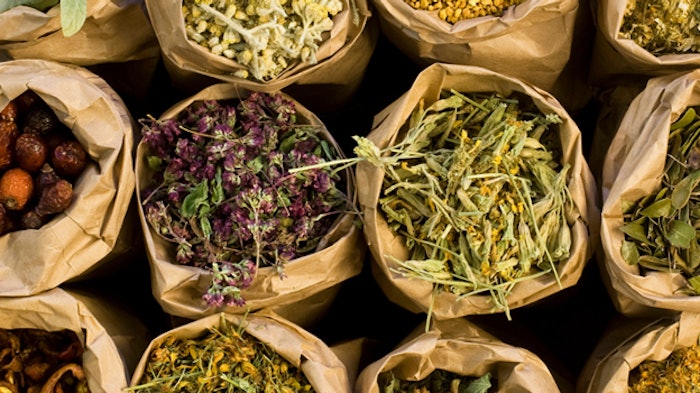
ChemForward has developed a botanicals assessment methodology to characterize the hazard profiles of botanical ingredients and allow for comparison to other chemicals, including non-botanicals, in the product design process.
Chemical hazard assessment is a systematic process of assessing and classifying hazards across a spectrum of human health and environmental endpoints and are essential to ensure safety, per ChemForward.
Related: Do Recent Moves in Clean Beauty Mandate a Sanctioned Definition?
The challenge posed by botanicals are the dozens of compounds they contain, which can vary with the source and are influenced by seasons, geography and extraction processes, according to chemForward.
Botanical materials can be potent skin sensitizers, carcinogens and endocrine disruptors, per the company.
ChemForward's assesment method for botanicals includes:
- Guidance to determine botanical composition prior to the safety assessment — identifying the constituents in a complex mixture;
- Comprehensive approach to evaluate individual hazard endpoints for botanical materials as complex mixtures;
- Comparability with hazard assessments used for synthetic conventional chemicals; and
- A refined approach to drawing insight from a history of safe use that is applied for specified exposure routes and concentrations.
With a new botanicals assessment method ChemForward aims to fill data gaps on beauty and personal care ingredients, help substantiate clean beauty claims and help standardize those claims and consumer expectations.
Mia Davis, vice president of sustainability and impact, Credo, commented: "Ideally, for every ingredient that we vet, I would like to see a trade name assessment that includes a hazard profile, source, extraction method, and a listing of impurities and residuals backed by testing. This is the best way to find high-quality, low hazard/low risk ingredients."










